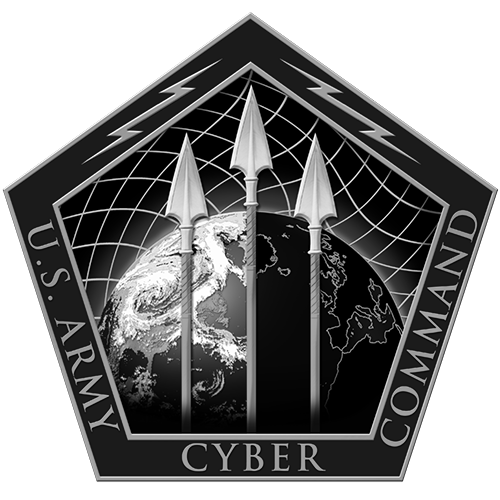In Phase 3, “Continuous Innovation and Improvement,” ECS continues to upgrade ACTD and achieve new efficiencies for the Army, introducing new features like a threat intelligence platform (TIP) and analyst training for all users. Due to the success of ACTD, the Army Chief Information Officer (CIO) issued a memorandum that all Army Commands will migrate to AESS.
By shifting Automated Endpoint Continuous Monitoring (ACEM) to AESS and retiring redundant systems, ECS helped ARCYBER save tens of millions of dollars annually. Recognizing the natural fit of AESS’ automated response capabilities with the Comply to Connect (C2C) mission, U.S. Army Network Enterprise Technology Command (NETCOM) turned to ECS to roll out the prototype and initial C2C system, integrating visibility with command and control and automated response to isolate and remediate non-compliant endpoints. ECS is currently developing a hybrid multi-cloud solution to protect both on-premises and cloud endpoints and data, as well as laying the groundwork for zero-trust architecture. As the Army increasingly moves towards cloud applications and services, ACTD is the platform that will protect these systems and data.
AESS is a forward-looking solution, designed for continuous innovation and improvement through system upgrades, automation, orchestration, and application enhancement. Its open, extensible architecture allows for integration with other Army tools, such as the GABRIEL NIMBUS big data platform, as well as vital information sharing with partner networks. AESS is cloud-native ready for Army and can readily be adapted to other networks including the Defense Research and Engineering Network (DREN), Mission Partner Networks, Joint Worldwide Intelligence Communications System (JWICS), and Combined Enterprise Regional Information Exchange System (CENTRIXS). These capabilities provide for a system that not only meets the cybersecurity demands of today, but also anticipates and rises to meet the challenges of the future.
The AESS contract is delivered on the NASA SEWP V government-wide acquisition contract.
Find out more about our cybersecurity solutions.






